Navigating OSHA’s multi-employer worksite policy
August 19, 2025 at 6:00 a.m.By Trent Cotney, Adams & Reese.
Learn how OSHA’s policy affects liability on shared job sites and what roofing contractors can do to ensure compliance and protection.
On many construction projects, multiple employers from different trades may share the same job site, creating a complex environment where safety responsibilities can easily overlap. OSHA’s Multi-Employer Citation Policy outlines how accountability is determined when violations occur — and it doesn’t just apply to the company whose workers are at risk. For roofing contractors and subcontractors alike, understanding this policy is essential to avoiding citations and ensuring a compliant work environment for all. The Florida Roofing and Sheet Metal Contractors Association (FRSA) wants to make sure employers are fully aware of their safety responsibilities so they can keep their workers — and themselves — safe.
Defining a multi-employer worksite
A multi-employer worksite is any location where multiple employers have a presence and contribute to workplace conditions. Construction sites, manufacturing plants and large-scale industrial projects often fall into this category. OSHA’s policy applies broadly, ensuring that all employers who affect workplace safety are responsible for upholding regulations, even if their own employees are not directly exposed to the hazards.
How OSHA determines responsibility
OSHA uses a two-step process to determine which employers can be held accountable for safety violations on a multi-employer worksite:
- Identifying the employer’s role: Employers are categorized as either a creating, exposing, correcting or controlling employer based on their level of involvement in a hazard.
- Assessing the employer’s efforts to comply: OSHA examines whether an employer took reasonable measures to address and correct safety hazards in accordance with their specific role.
Employer classifications under OSHA’s policy
To clarify responsibilities, OSHA recognizes four distinct types of employers on a shared worksite:
- Creating employer: This employer is responsible for introducing a hazardous condition. If an employer’s actions or inactions create a workplace hazard, they can be cited, regardless of whether their own workers are directly affected.
- Exposing employer: If an employer’s workforce is exposed to a hazard — regardless of who created it –— they must take steps to protect their employees. Failure to do so can result in citations if OSHA determines that the employer had knowledge of the risk and did not act appropriately.
- Correcting employer: Employers tasked with correcting hazards (such as safety contractors or those responsible for equipment maintenance) must take immediate steps to mitigate risks. If they neglect this duty, they can be cited under OSHA’s regulations.
- Controlling employer: This category applies to employers with general supervisory authority over the worksite. General contractors and site managers often fall into this role and are expected to take reasonable steps to prevent and correct safety violations among subcontractors and workers under their oversight.
Recent updates to the multi-employer worksite doctrine
Legal interpretations and OSHA enforcement policies have evolved, influencing how citations are issued on multi-employer worksites. Key updates include:
- Expanded accountability for controlling employers: Courts have reinforced that controlling employers have an active duty to enforce safety compliance, even if they do not directly supervise subcontractor employees.
- Greater focus on documentation: Employers now face increased scrutiny regarding their safety records. A subcontract should have provisions in it which require the subcontractor to be responsible for their own safety.
- Increased citations for general contractors: Recent case law has upheld citations against general contractors who failed to address known hazards, even if subcontractors were primarily responsible for the unsafe conditions.
- Emphasis on training and communication: OSHA has stressed that all employers on a multi-employer worksite should conduct safety meetings and document hazard communication efforts to prevent accidents. However, it is important to reinforce that the subcontractor is responsible for managing its own safety.
Best practices for employers on multi-employer worksites
To minimize liability and enhance workplace safety, employers should adopt proactive measures, including:
- Strengthen subcontractor agreements: General contractors should develop subcontract agreements that explicitly assign the burden of safety management to the subcontractor. These agreements should include specialized provisions requiring subcontractors to implement their own safety programs, conduct training and bear responsibility for OSHA compliance on their portion of the project.
- Avoid branding subcontractors with prime contractor logos: To reduce the risk of being seen as a direct employer of subcontractor workers, prime contractors should avoid allowing subcontractors to wear company-branded apparel. This can help prevent legal arguments that subcontractor employees are actually under the control of the prime contractor.
- Enforce safety with top-down measures: When safety violations are found, address them immediately by notifying the head of the crew or the subcontractor’s management, rather than individual workers. Make it clear that they are in breach of contract and will be back-charged administrative time for the violation. This approach reinforces accountability at the management level and encourages subcontractors to enforce safety compliance within their own teams.
- Conduct regular site inspections: Frequent safety audits help identify and address hazards before they lead to violations or accidents.
- Document everything: Maintaining detailed records of safety meetings, inspections and corrective actions can serve as critical evidence in the event of an OSHA investigation.
Conclusion
Employers operating on multi-employer worksites must remain vigilant about their safety responsibilities. Understanding OSHA’s Multi-Employer Citation Policy and staying updated on recent legal developments can help businesses mitigate risks, avoid citations and create a safer work environment. We anticipate future legal challenges and changes from the Trump administration may also impact the doctrine.
By implementing strong safety practices, maintaining thorough documentation and fostering communication among all employers on a worksite, companies can ensure compliance and protect both their workforce and their bottom line.
The information contained in this article is for general educational information only. This information does not constitute legal advice, is not intended to constitute legal advice, nor should it be relied upon as legal advice for your specific factual pattern or situation.
Original article source: Florida Roofing and Sheet Metal Contractors Association, Inc.
Learn more about Adams & Reese LLP in their Coffee Shop Directory or visit www.adamsandreese.com.
The information contained in this article is for general educational information only. This information does not constitute legal advice, is not intended to constitute legal advice, nor should it be relied upon as legal advice for your specific factual pattern or situation.

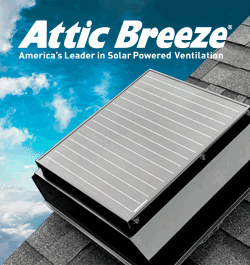

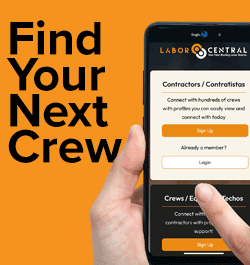

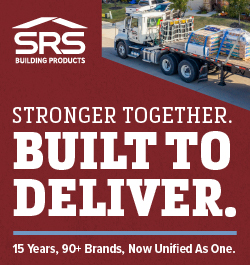


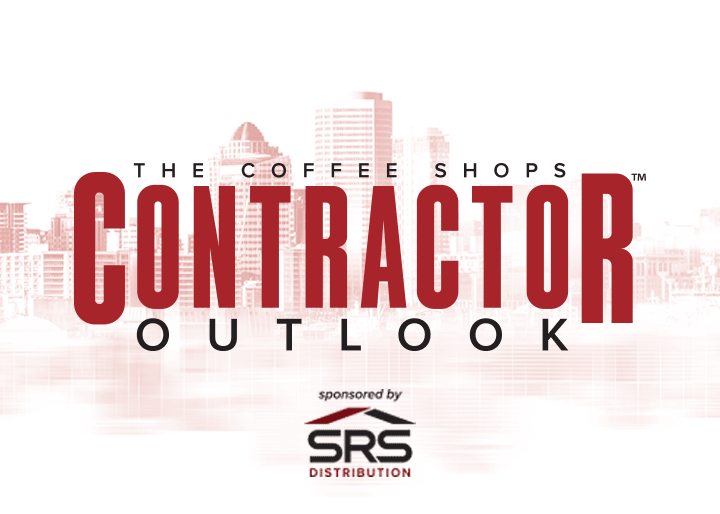


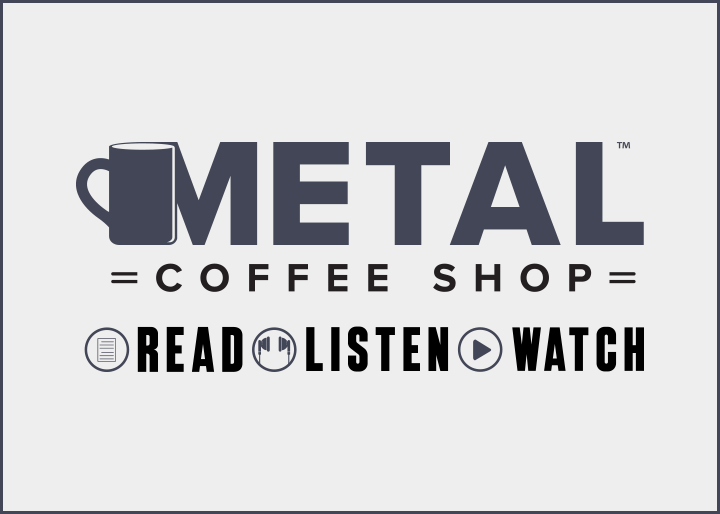

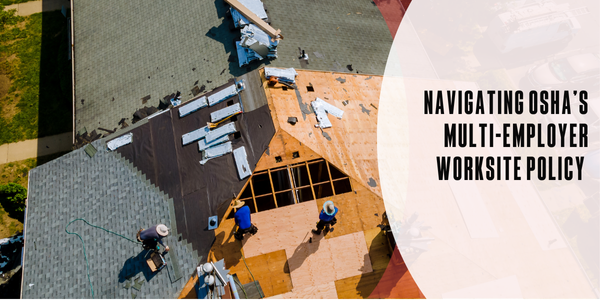

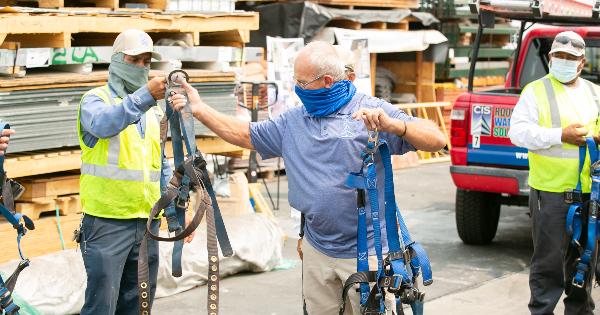
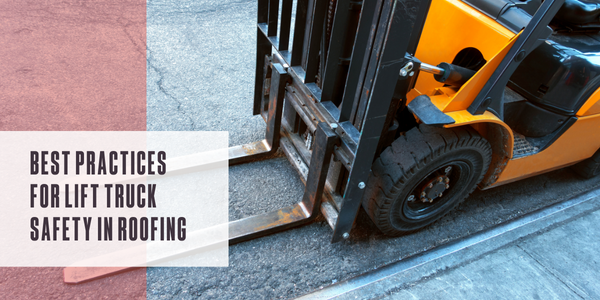

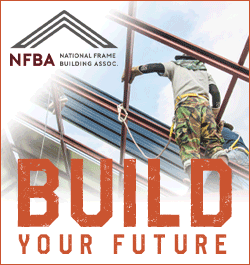

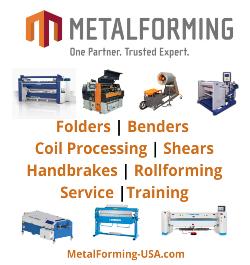


Comments
Leave a Reply
Have an account? Login to leave a comment!
Sign In